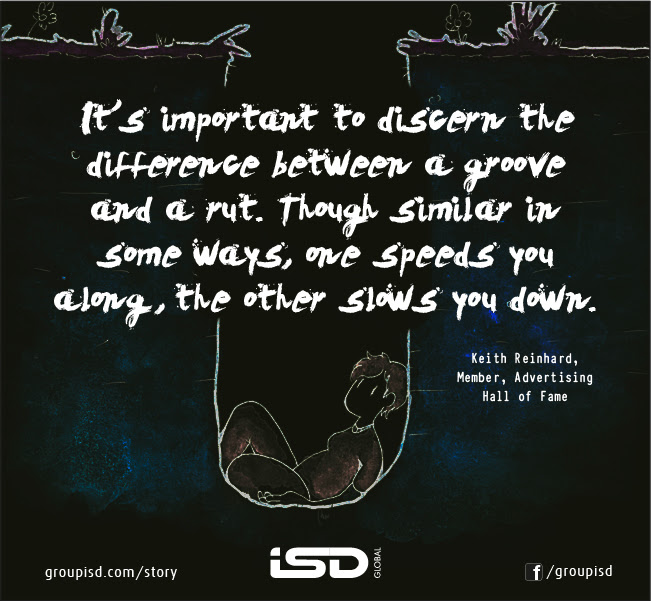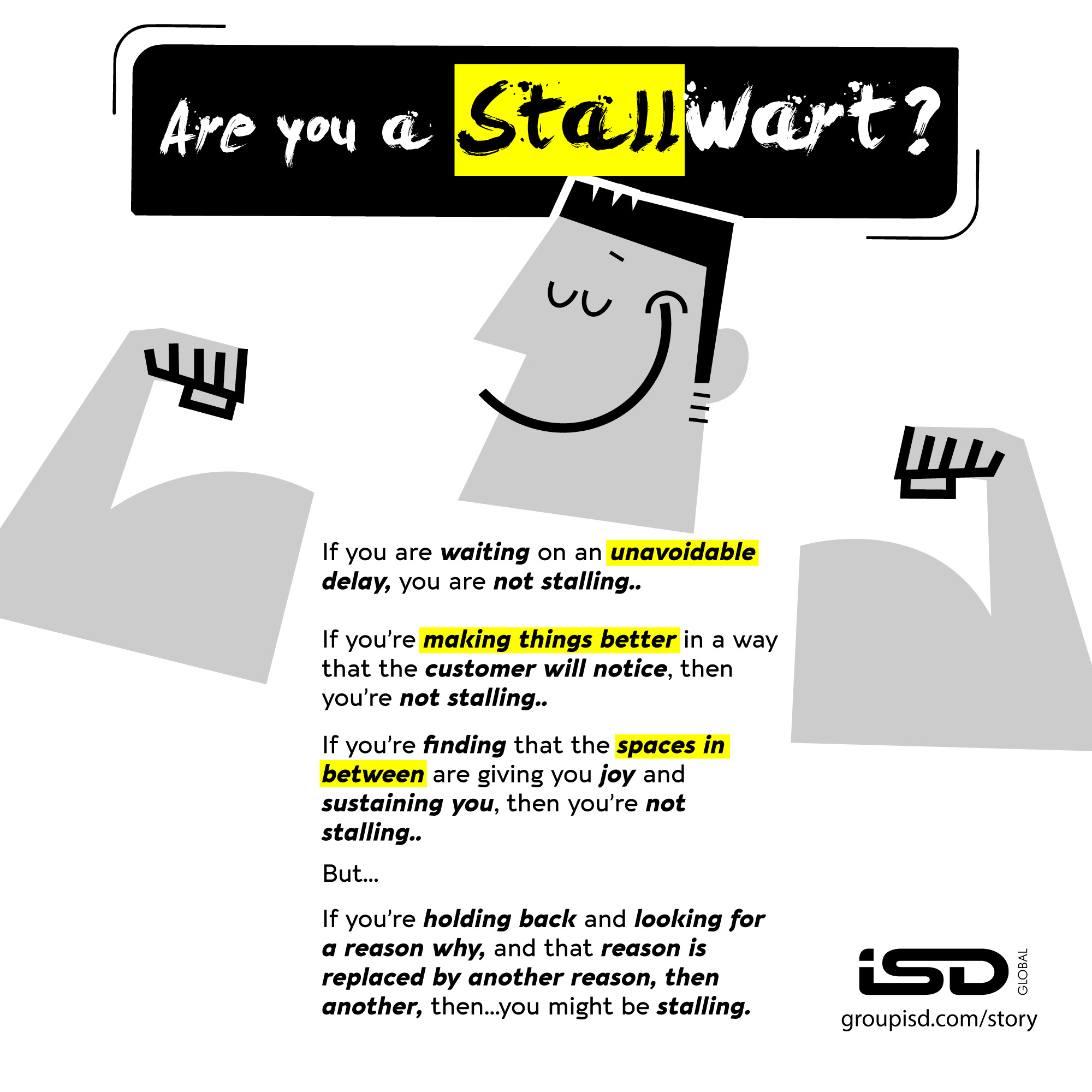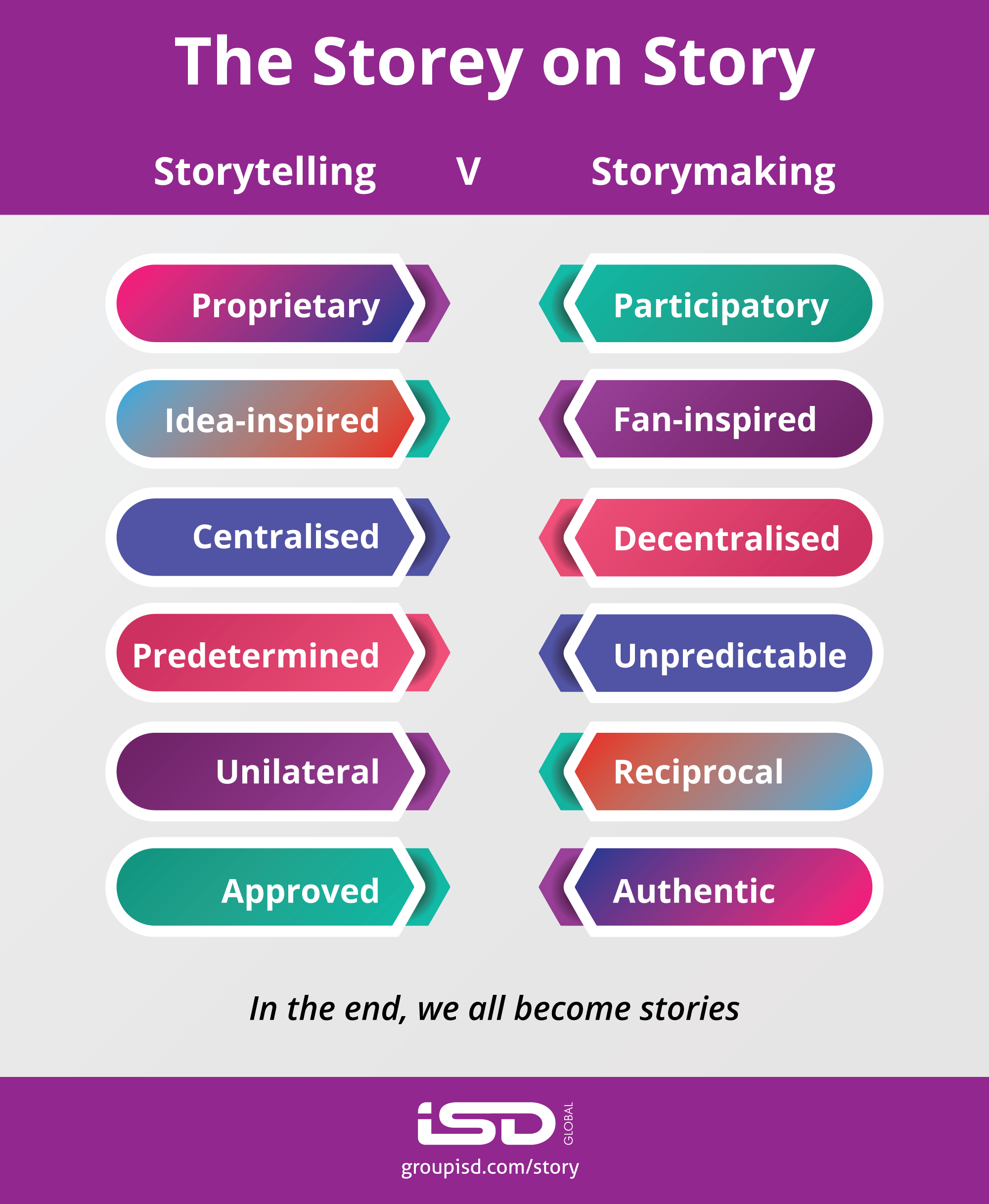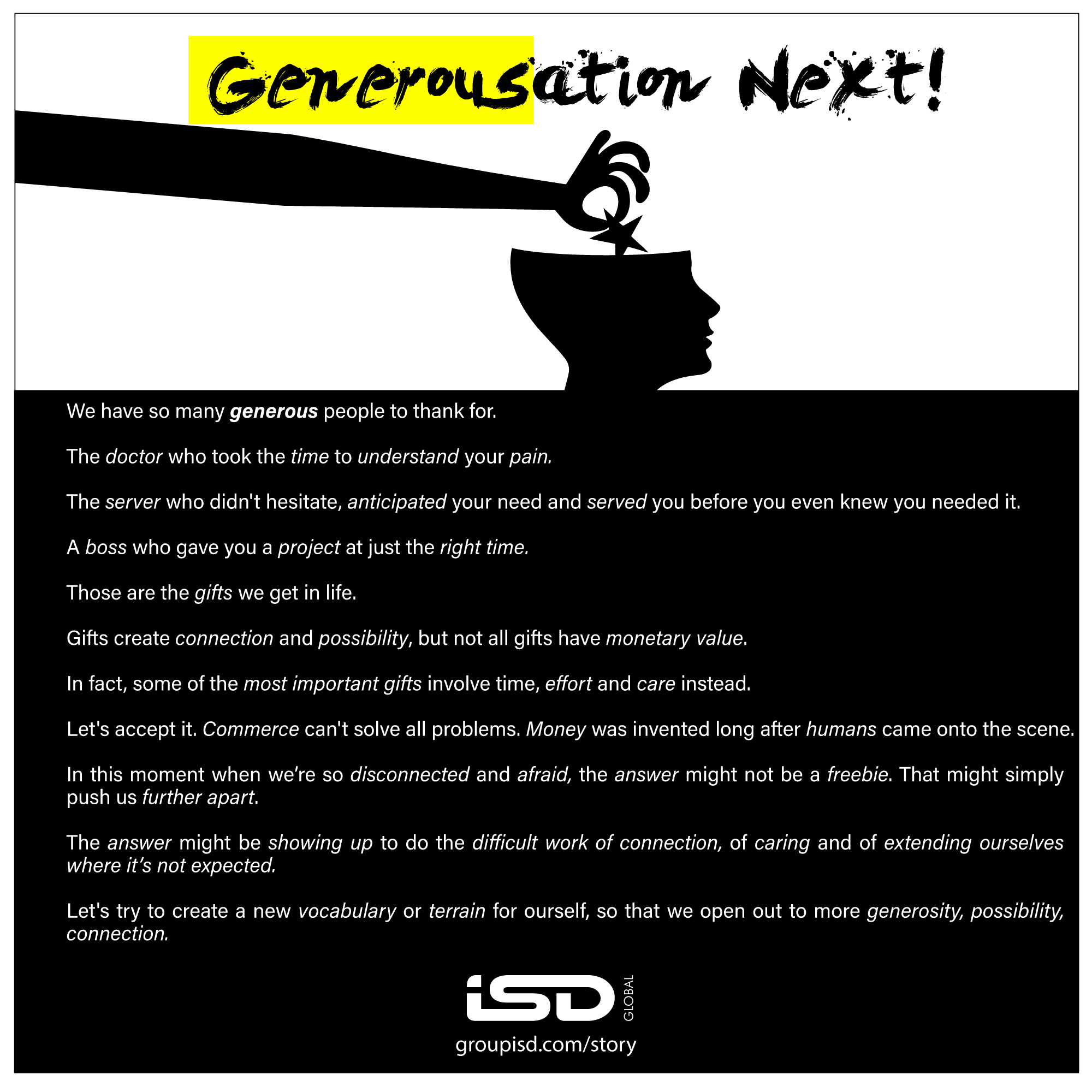Your lens dictates your drama. Adjust focus accordingly.
The pessimist sees darkness in the tunnel.The optimist sees light at the end of the tunnel.The realist sees a train. The train driver sees three idiots standing on the tracks.
Welcome to Planet Perspective.There are many ways to view the world.Some people zoom in.Others zoom out.And some…well, they just hit “mute” on reality and stream their own episode of Life According to Me, Myself & I. And you know what? That’s not a bug. That’s a feature. Because how you see the world changes everything – your choices, your failures, your fashion sense (I’m looking at you, socks-and-sandals guy), and most importantly, your impact.
For example, take a look at the iconic Gulzar‘s writing for a moment: Where most see words as tools, he sees them as threads to stitch the soul. He doesn’t write songs. He writes emotional earthquakes in lowercase. “Humne dekhi hai un aankhon ki mehekti khushboo.” Come on, who sees fragrance in eyes? Only someone who isn’t colorblind to feelings. Yup. Smell. In eyes. Try that on your ChatGPT and see it throw a syntax tantrum. Point is: Genius is just seeing the world through a different filter.
Reframing isn’t just a brand positioning or therapy term. When life hands you lemons, do you…make lemonade? Ask for salt and tequila? File a lawsuit for emotional citrus trauma? You choose. Always. Perspective is the original, OG Augmented Reality. No headset required. Just a mindset upgrade. When life gives you lemons, squeeze them over ribs and call it gourmet!
What we need to delete in hyper hurry including but not restricted to: ” This is how it’s always been done.” — The world’s most boring epitaph. “Let’s play it safe.” — Translation: Let’s park our creativity in a coma.“What will people say?” — Usually uttered right before nothing legendary ever happens.
The world is not what it is. It is how you look at it. Same world. Different eyeballs. Some people see crisis. Others see startup ideas. One person sees rain and cancels plans. Another sees it as free car wash and emotional background score.

The world is not just a place; it’s a perspective. It’s a kaleidoscope of possibilities, a playground of interpretations, and sometimes, a stage for rib-tickling humor. Whether you’re gazing at the horizon or scrolling through your social media feed, the way you view the world is what shapes your narrative. And guess what? It can be as racy, provocative, and inspiring as you want it to be.
Imagine this: two people standing on the same beach. One sees a breathtaking sunset painting the sky with hues of orange and pink. The other grumbles about sand in their shoes. Same scene, different lenses.Life is like that—your view is your choice, your story.
Most of us are trapped in perspectives so restrictive we make Victorian corsets look like freedom wear. We are intellectual virgins claiming to be worldly – peeking at life through a keyhole while pretending we’ve seen the whole orgy.
So the narrative we need to be telling ourselves is: Currently in an open relationship with multiple perspectives. Because, monogamy is for the intellectually insecure.
F. Scott Fitzgerald famously wrote: “The test of a first-rate intelligence is the ability to hold two opposing ideas in mind at the same time and still retain the ability to function. One should, for example, be able to see that things are hopeless yet be determined to make them otherwise.” Cognitive dissonance if you may. It is the Mental 69 of holding two opposing views simultaneously.
Most of us treat perspectives like monogamous relationships – we commit to one and defend it to the death. Try intellectual polyamory instead. When facing any situation, force yourself to hold two completely contradictory perspectives simultaneously: That coworker who drives you insane? They’re both an insufferable narcissist AND potentially your greatest teacher. That failed project? It’s both a humiliating disaster AND the setup for your greatest comeback story.
Your brain will resist this mental pretzel position at first, but stick with it. The tension between opposing viewpoints creates a friction zone where your best insights are born.
Whatever your instinctive perspective on an issue, completely flip your default position– so, saddle up and ride it in the opposite direction. If you’re a capitalism-loving entrepreneur, spend a day deeply considering how communal ownership might solve problems. If you’re a tech-loving futurist, consider how returning to ancestral practices might heal modern ailments.
When facing a problem, invoke specific people (real or fictional) and view it through their eyes. Bring a third-party into your thinking. How would your grandmother approach your career dilemma? What would Batman do about your noisy neighbors? How would Marie Kondo organize your conflicting priorities?
Here’s the raw truth: your perspective isn’t who you are – it’s just what you’re wearing to the party right now. And like any outfit, you can change it whenever you want. Most people treat their worldview like it’s surgically attached to their identity, when really it’s more like those snap-on collars priests wear – functional but completely removable.
The most dangerous words in any language are “that’s just how I see things.” It’s the intellectual equivalent of announcing you’ve retired from growth and are now comfortable being mentally constipated for the remainder of your existence.
So if you permit me to throw a filthy challenge: For the next week, mentally undress from your default perspective daily and try on something inappropriate, revealing, and possibly illegal in several southern states. View your job through the eyes of a high-end escort. Consider your family dynamics from the perspective of a cult leader. Approach your fitness goals like a victorian-era explorer discovering new territories. Then notice how your mental groin muscles feel – deliciously sore in ways you didn’t know were possible.
The world isn’t just black and white. It’s a kaleidoscope of delusions, genius, and outright absurdity—often all at once. Buckle up. We’re about to take a joyride through perspectives so wild, they’ll make your GPS quit in protest.





